The T.R.U.E. C.O.S.T. Method: Stop Getting Burned By Warehouse Leases
If you’ve tried finding warehouse space under 2,000 square feet, you’ve likely discovered the commercial real estate industry’s dirty secret: it simply wasn’t built for businesses like yours. Traditional warehouse leasing is a game rigged against small businesses, forcing you to choose between spaces that are too big, too expensive, or too dangerous.
The industry treats you as an afterthought, but your warehouse needs are just as legitimate as Amazon’s — you just need a model that actually works for you, not against you.
The Overlooked Middle Ground
The commercial real estate industry has a massive blind spot, and it’s costing small businesses dearly.
“Smaller tenants? No one cares about them,” our WareSpace CEO and Co-Founder Levi Cohen says. “You’re not gonna negotiate. They’re gonna basically say, take it or leave it. And here’s the keys. Good luck.”
This isn’t just inconvenient. It’s a structural problem forcing small businesses into impossible choices. You either overcommit to spaces that are too large and expensive, or make do with inadequate solutions like self-storage units that limit your growth and professionalism.
Consider what happens on day one of your lease when something breaks. “If you just took the base lease from any typical landlord, guess who’s paying for that cost? You are,” Cohen calls out.
That could mean a surprise $10,000-$20,000 expense that no one budgeted for. Of course, you could protect yourself with a high-priced attorney, but that’s another expense most small businesses can’t justify.
The system isn’t just broken. It’s designed to exclude you.
Traditional Warehouse Leasing is Complex by Design
The standard leasing process is a masterclass in friction. First, good luck getting a call back. “No one cares about leasing out that 2,000 square foot,” Cohen explains. “If you even get a call back and schedule a tour, you’re already in good shape.”
Then comes the paperwork. “Once you have a deal in place and you’re ready for the full lease, you’re gonna get sent a 50- to 75-page document in size 11 font,” says Cohen. These documents are designed to protect landlords at your expense, not to create as “balanced” a business relationship as one would think.
The limitations pile up:
- Expensive legal review just to understand basic terms
- Multiple fragmented service contracts creating administrative headaches
- Unpredictable costs making financial planning nearly impossible
- Long-term commitments preventing business agility
Want to negotiate better terms? Good luck. “If you have a good attorney, they’ll be able to negotiate for you. Things like expansion rights or sublease rights,” Cohen notes. But that’s assuming you can afford specialized legal help that most small businesses simply can’t.
The TRUE COST Method
Smart small business owners are now looking beyond square footage to evaluate warehouse space using what Cohen created, and calls “the TRUE COST method”:
T — Time: How much of your day will be spent managing facilities instead of growing your business?
R — Renovations: What upfront expenses will make the space usable? One WareSpace tenant nearly signed a lease requiring $35,000 in renovations before she could move in.
U — Uncertainty: What’s your exposure to unexpected expenses? “If you don’t have clarity on what the bill is at the end of the year…you never know until they reconcile everything.”
E — Escalation: How will costs increase over time through annual increases and reconciliations?
C — Commitments: What long-term obligations and personal guarantees are you making? “Are you okay if the landlord has a contractual right to come and collect a hundred thousand dollars from you if your business goes south?” Cohen asks.
O — Operations: How easy is day-to-day business? “You have a rent bill. You have a CAM bill. You have to pay all your vendors, utility guys, internet. It just really has to get set up also,” he adds.
S — Safety: Is this an environment where you, your employees, and your clients feel comfortable? One WareSpace tenant was about to sign a lease for space in an area where “she wouldn’t want to go there at night. And she literally can’t.”
T — Transition: Can your space grow with your business? “Do you know where your business is going to be in 3 to 5 years?” Cohen asks. “If you need double or triple the space, you’re not going to get out of this lease.”
The TRUE COST approach reveals why seemingly cheaper options often cost more in the long run. What businesses actually need is:
- A professional environment that presents well to clients
- Flexibility to scale up or down as needed
- Predictable monthly costs without surprises
- Quick setup without lengthy downtime
From Space Burden to Business Enabler
When you shift from traditional leasing to a more flexible approach, your warehouse space transforms from a burden into a business enabler.
First, you move beyond facility management. “You can solely focus on your business. Not have to worry about an old warehouse building failing on you,” Cohen says. Small business owners should be focusing on growth, not building maintenance.
Second, you create operational simplicity. “Having that stuff given to you on a platter. It’s just easy and usable.” This means consolidating multiple vendor relationships, eliminating administrative overhead, and creating predictable operating expenses.
Third, you enable professional growth. Instead of spaces that hamper operations, you create environments where you can confidently host clients and build a professional image that matches your business aspirations.
Finally, you remove financial risk. “She was gonna have to pay about $35,000 to renovate and sign a personal guarantee on a 5-year lease,” Cohen says about one tenant who found a better solution. By eliminating personal financial exposure and avoiding end-of-year reconciliation surprises, you protect your business from potentially devastating expenses.
5 Strategic Principles for Maximum Value
- Time is More Valuable Than Marginal Savings
The true cost of traditional warehousing includes the opportunity cost of time spent managing facilities rather than growing your business. - Flexibility Drives Sustainable Growth
Your warehouse solution should adapt to your business growth, not force your business to adapt to rigid space constraints. - Hidden Costs Outweigh Advertised Savings
When evaluating warehouse options, factor in all costs including time, focus, equipment maintenance, and potential financial exposure. - Professional Space Builds Credibility
Your warehouse space is an extension of your brand and affects how customers, partners, and employees perceive your business. - Speed Beats Perfection
Getting operational quickly in an adequate space creates more value than spending months optimizing a traditional lease arrangement.
The warehouse industry is changing, but slowly. “Someone’s going to figure out a way to crack this code,” Cohen adds. “Why are we still doing the same stupid process as the last 75 years in real estate?”
Until then, smart small business owners are finding solutions that work for them — not just in terms of space, but in terms of enabling their growth and success.
Ready to scale your business?
Find the ideal warehouse space for your business at a low monthly rate, near you.
- 12+ prime locations
- 1,200+ customers
- Rated 4.8 out of 5
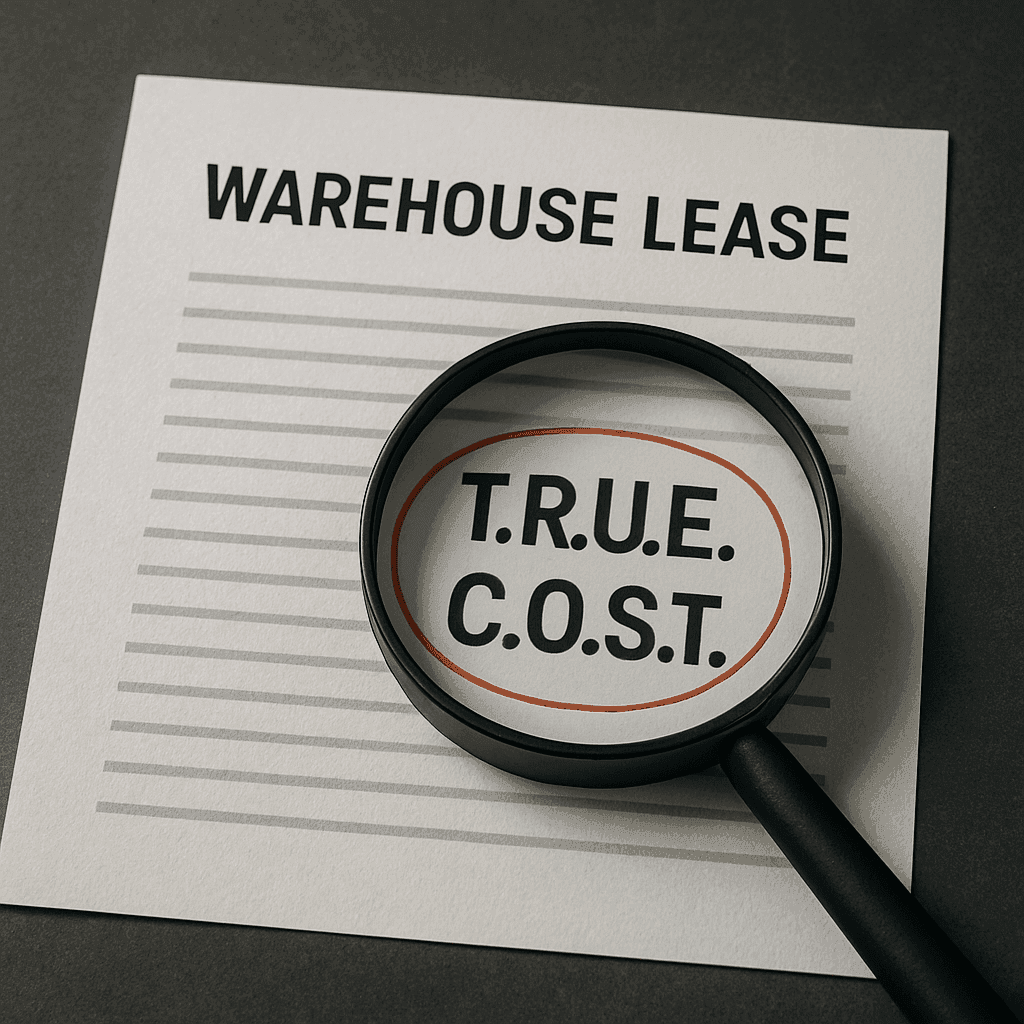
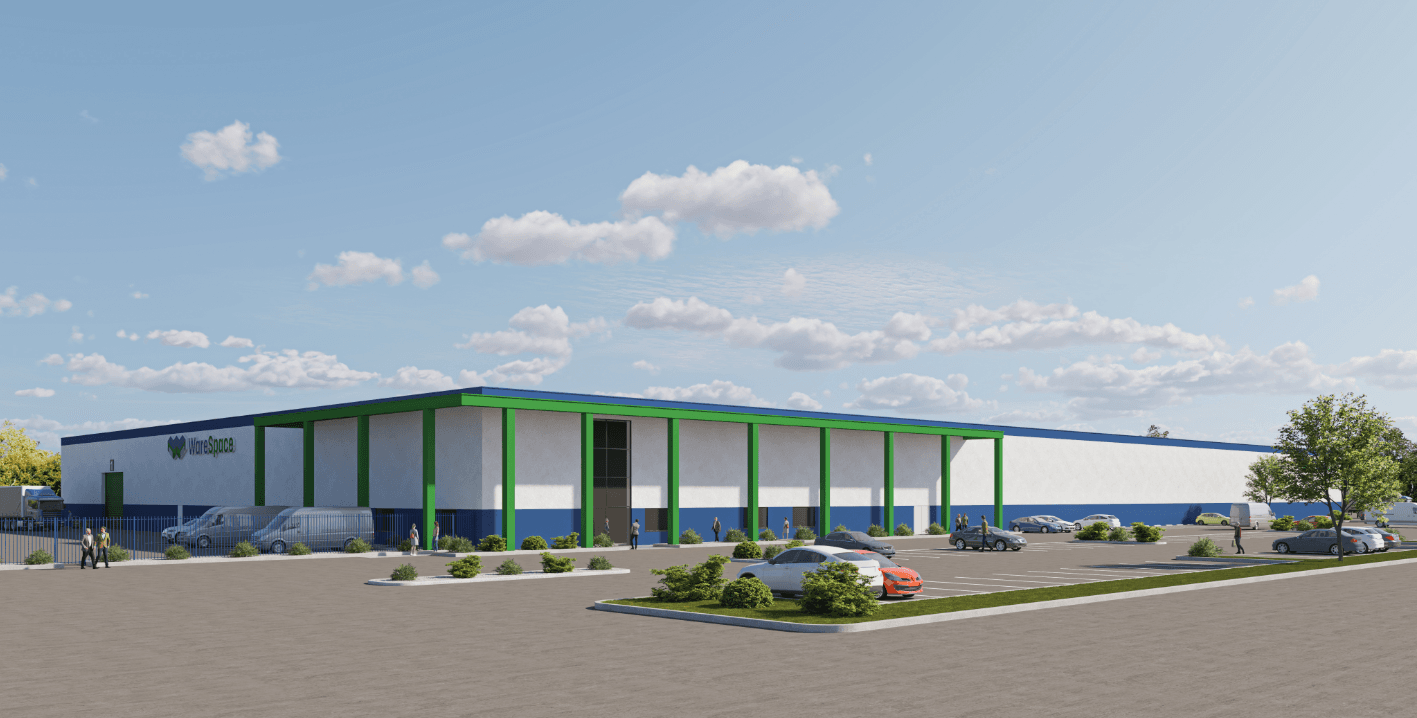
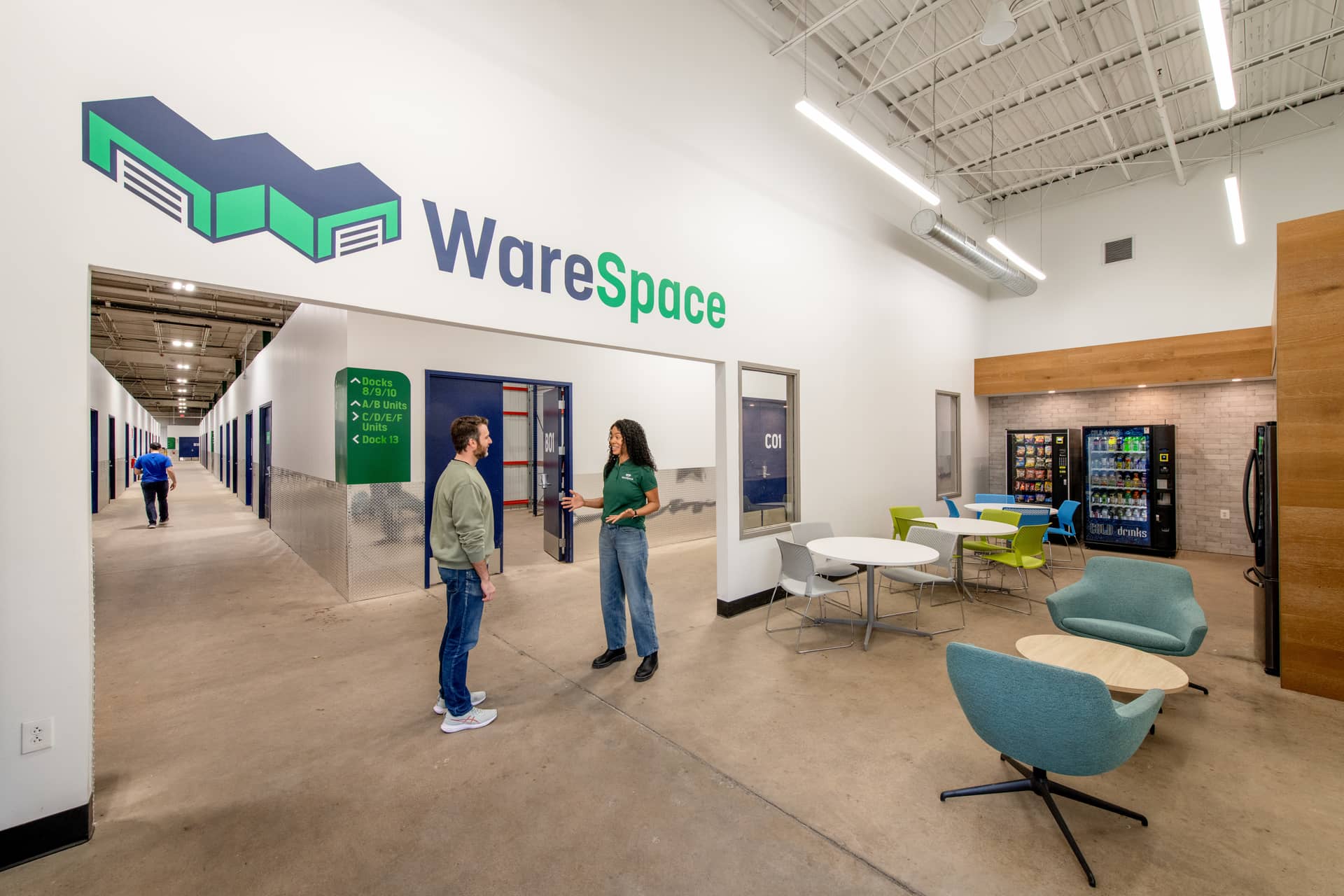

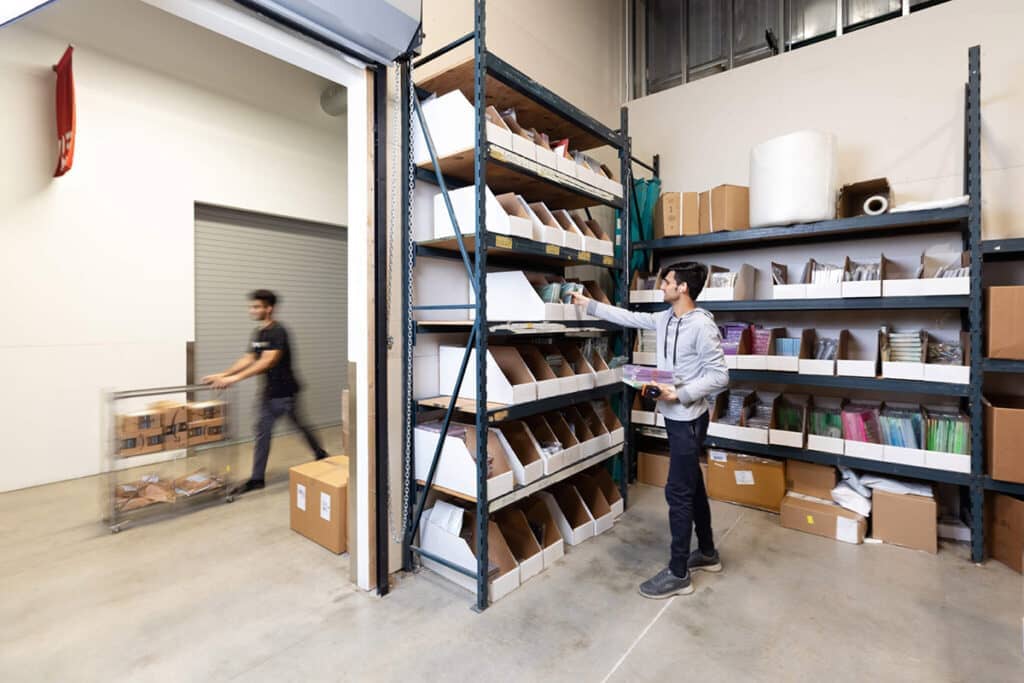
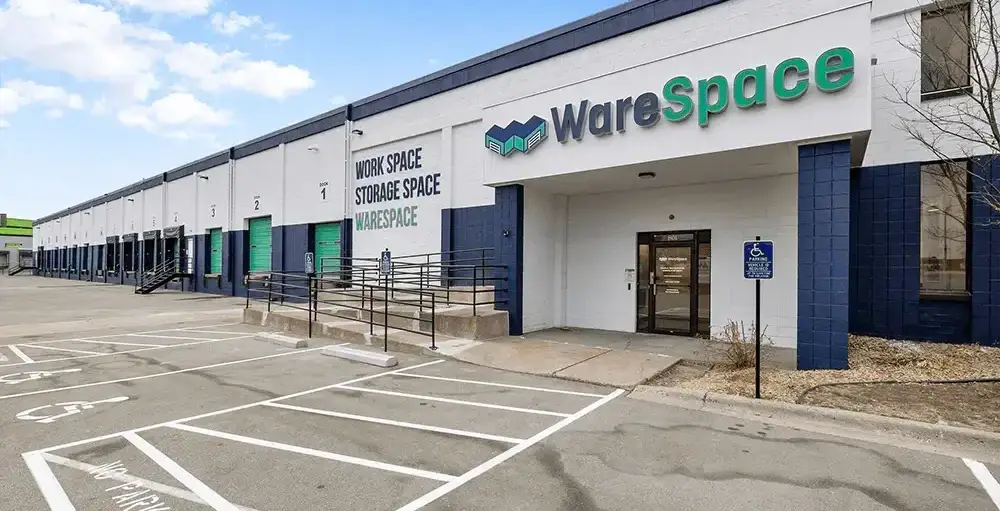
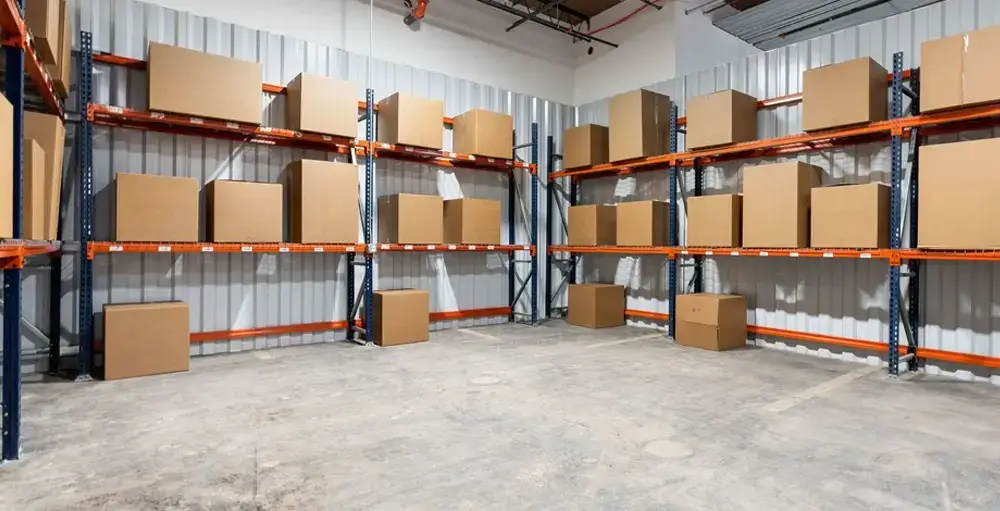
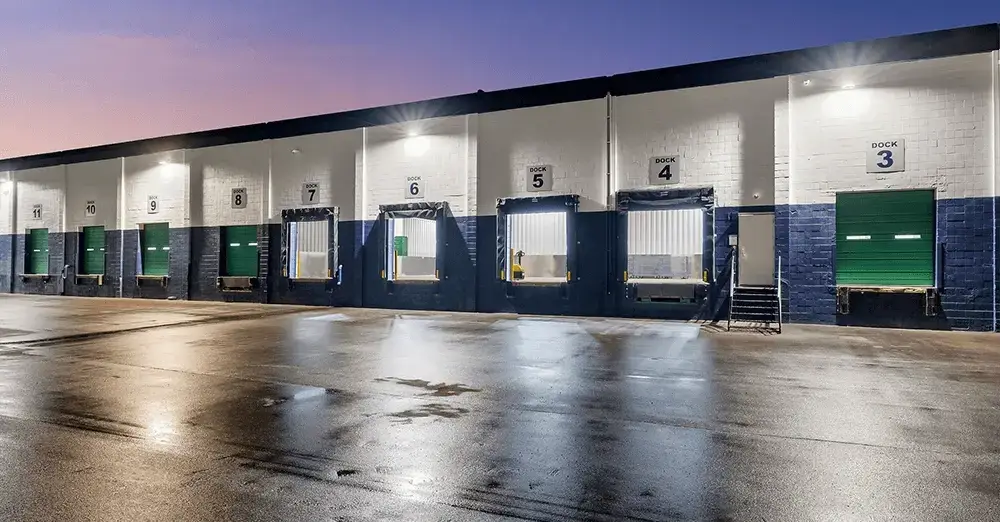
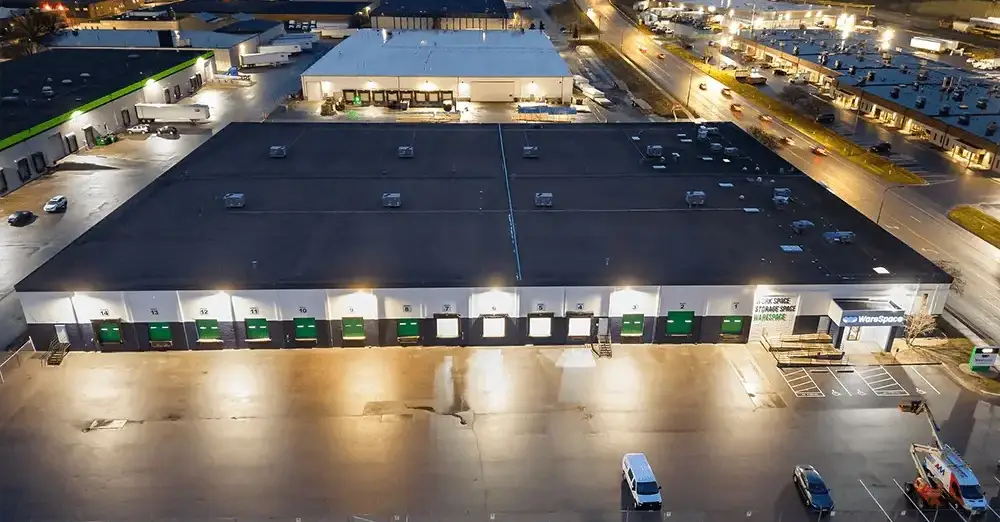











 ►
Explore 3D Space
►
Explore 3D Space